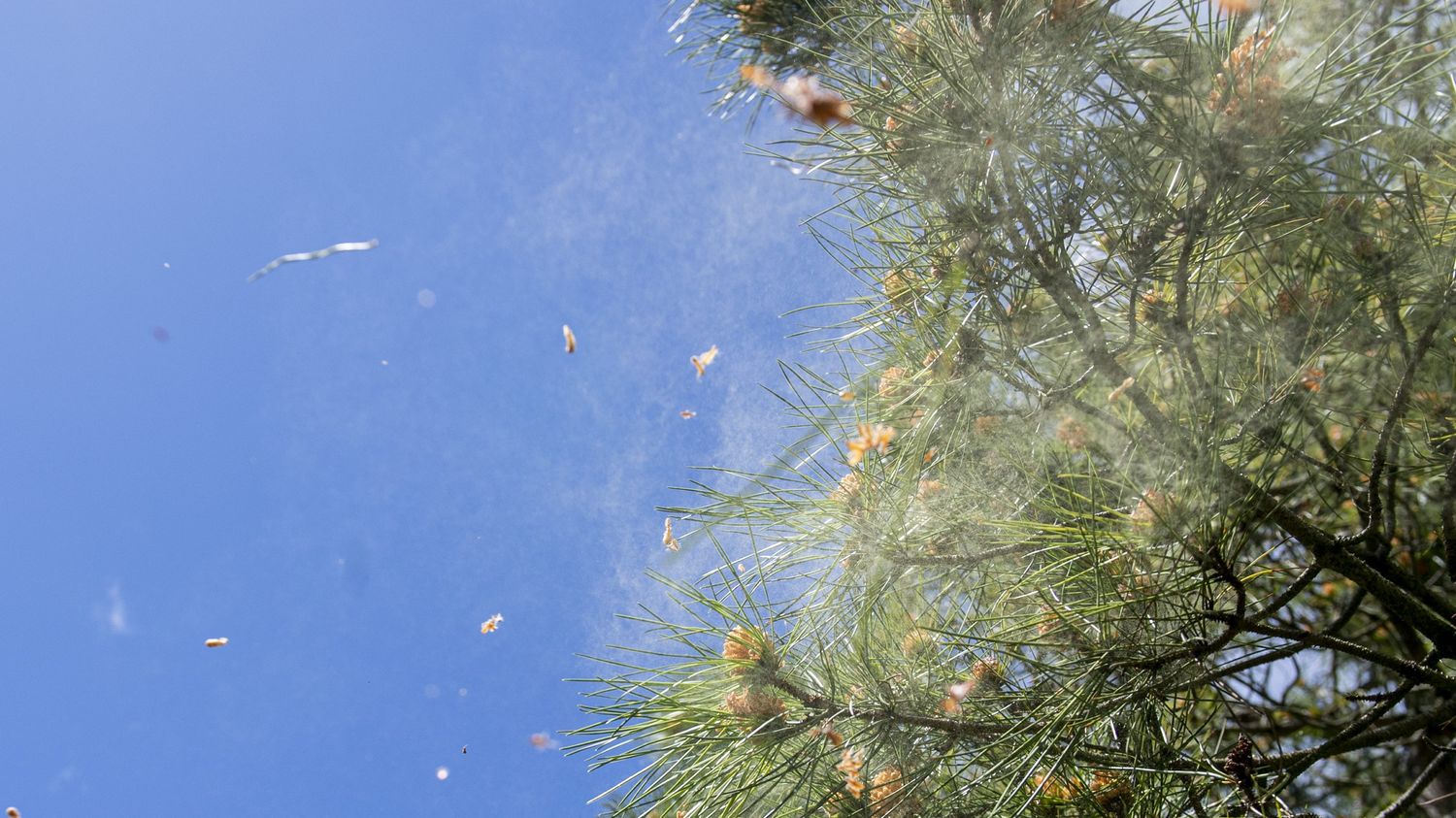More than 70 departments in the country are affected by a high risk of allergy, from the southern half, to Île-de-France, including the Center and the East.

Published
Update
Reading time: 2 min

On the map established by the National Aerobiological Surveillance Network, only Finistère is spared from the return of pollen and allergies. The other departments of the Grand Ouest are in yellow, that is to say at medium risk, while all the other departments of mainland France are in red.
This map was established thanks to the 80 pollen sensors spread across the territory, but also thanks to botanists, who observe the flowering of species in parks and gardens. In addition, allergist doctors report the symptoms observed in their office to the National Aerobiological Surveillance Network.
So many departments in red, in the middle of winter, it’s not exceptional, but this year, it’s happening a little earlier than last year. By 2023, most of the country had gone red by the end of February. It is the mild temperatures and the return of the sun which explain this pollen alert. Weather conditions favor the emissions and dispersion of pollen, with the flowering of certain trees arriving slightly earlier. In the South, it is cypresses and ash trees, while in the rest of the country, it is more allergies linked to betulaceae pollen, that is to say, hazelnuts or alders.
How to protect yourself from allergies?
The 30% of people with allergies in France can follow the evolution of risks on the pollens.fr website and also consult an allergist doctor to have a treatment prescribed. Other tips consist of rinsing your hair in the evening, airing your home before sunrise or after going to bed, drying your clothes indoors, closing the windows of your vehicle, or even wearing a mask outdoors.
If the symptoms are really unpleasant, the Institut Pasteur de Lille also recommends natural remedies, such as thyme or tarragon herbal teas to decongest the nose. Finally, tarragon essential oil helps reduce the frequency of allergies.
